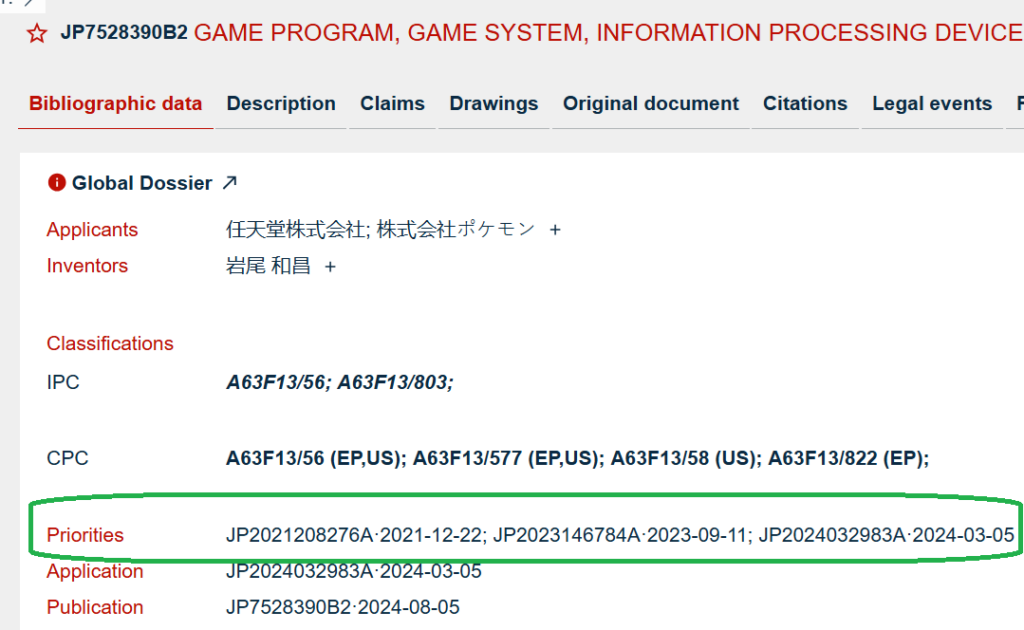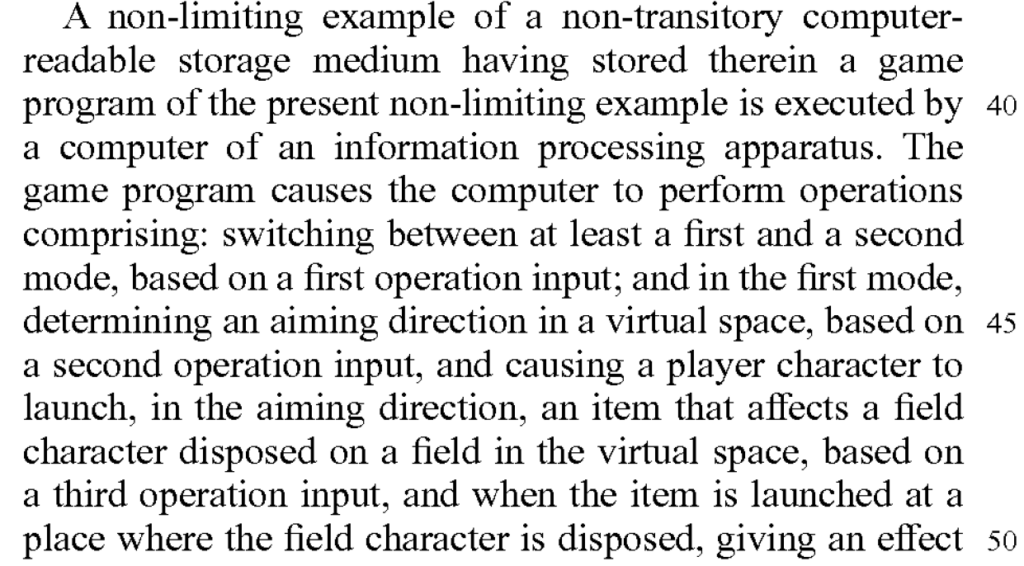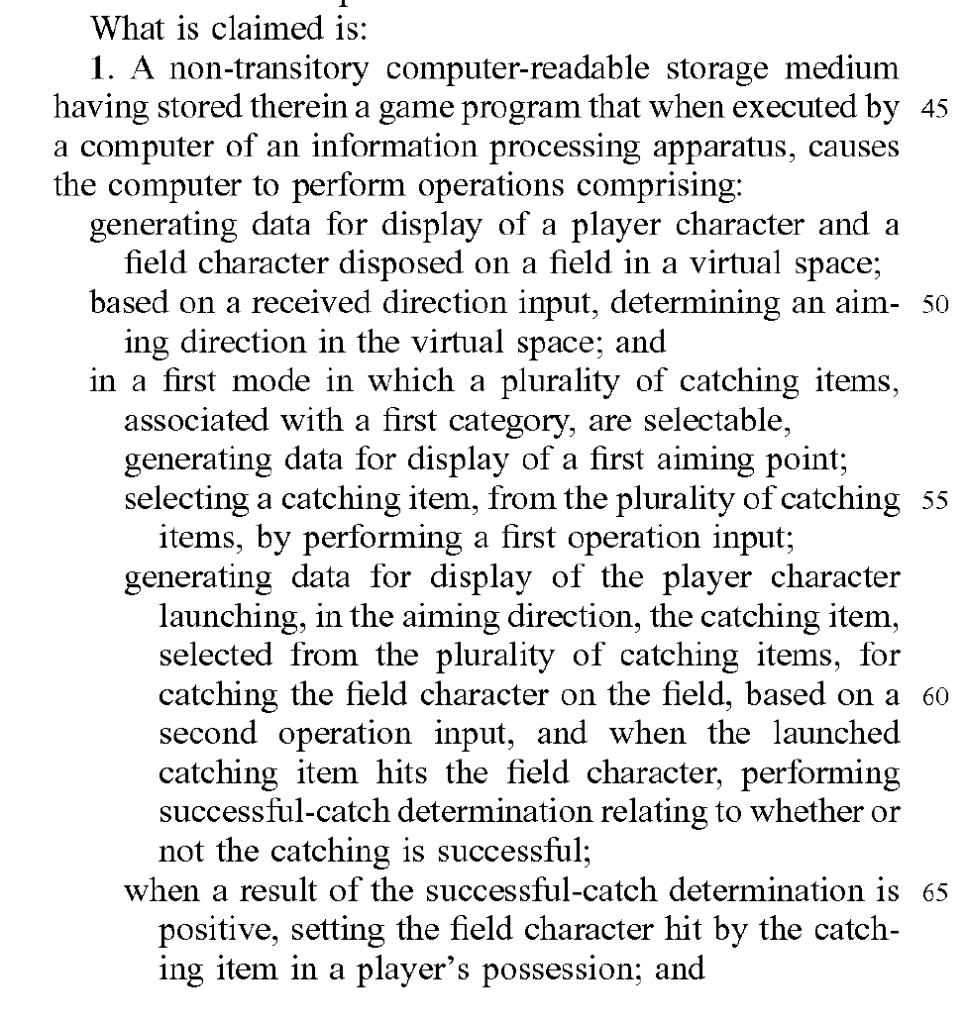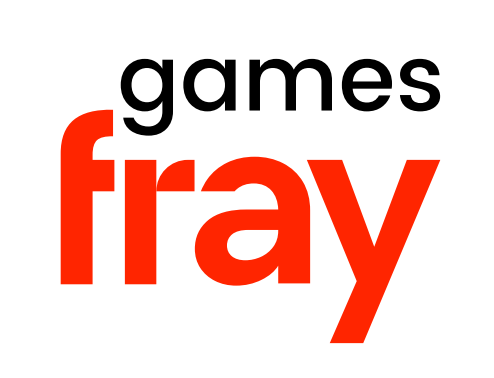Last year, Nintendo and The Pokémon Company sued Pocketpair over its overnight success Palworld (November 8, 2024 games fray article).
This website aims to provide the easiest-to-understand explanations of what is going on to the gamer community and other interested people who do not know much about patent law but are curious. This article is the first of what will become a series.
In order to make it even easier to follow the developments in games-related patent disputes auch as Nintendo v. Pocketpair, we have also put together (and will keep updating and expanding) a glossary (or dictionary) that is accessible from the menu at the top of games fray’s home page and named IP Lingo. We will link to it often.
When it looked like Microsoft’s acquisition of Activision Blizzard King was going to be blocked by regulators, I spent a lot my personal time to explain to gamers the issues in the case and how merger reviews by competition regulators generally work.
Florian Mueller
My goal is to do the same now with respect to patent law, given the community’s enormous interest in Nintendo’s hostilities against Palworld. With all of my work on patents since 2004, I know the field inside out, and I promise to do my best to simplify it.
(founder & Publisher of games fray)
We don’t think that Nintendo is going to inflict serious harm on Palworld. But there will be plenty of news around the dispute.
This level of patent aggression is unprecedented in the games industry. The types of patents that Nintendo is asserting essentially cover game rules, and if everyone attempted to monopolize game rules (not just every game maker, but also so-called “patent trolls”), the games industry would be in trouble, creativity would be stifled, and gamers would have less choice.
Patent law is a highly specialized field. Even most lawyers never dive deep into it, and in many countries even most judges never see a patent case in their life. There’s a relatively small number of specialized lawyers and judges. games fray‘s sister site ip fray serves that community. If games fray explained Nintendo v. Pocketpair (practically, Pokémon v. Palworld) the way ip fray talks about patent cases, not even 1 in 1,000 readers would understand the terminology. But we believe we can make the whole subject more accessible to those who wish to go down that rabbit hole.
The first fundamental question: if patents are meant to protect new inventions, how come Nintendo is asserting patents for which it applied months after Palworld launched?
That question has been, and continues to be, asked a lot. Palworld launched on January 19, 2024, and instantly became a huge hit, a true phenomeon. But the patents over which Nintendo is suing Pocketpair in Japan have the following post-Palworld filing dates:
- February 26, 2024
- March 5, 2024
- July 30, 2024
In Legalese, the answer would take only the following sentence: “Those patents are divisionals that claim back priority to some 2021 parent applications.” If you like, you can click on each underlined term and you will find an explanation in games fray‘s IP Lingo dictionary, but the explanations there will link to similar keywords, so it’s probably more efficient if you just read on.
Novelty is indeed a patentability requirement
It’s true that a patent will only be granted by the patent office in question if something portrayed as a new invention was not already known at the time the patent application was filed. Otherwise any of us could just go and take out patents on the wheel, the electric light bulb or the fundamental concept of a touchscreen, and sue the world.
To be precise, just being new (“novel“) is still not sufficiently innovative. The next — and higher — hurdle in that regard is called nonobviousness in the United States or inventive step in Europe. It means that the inventor was more creative than just combining two or more things that were already known in a way that any reasonably knowledgeable person would have done. The hurdle in patent law is not that one must be a total genius. Otherwise there wouldn’t be many millions of patents. But just looking at an innovative mobile phone app and then making such a feature work on a video game console is not a patentable invention unless there is some kind of challenge to overcome to make it work on a console.
Priority date: normally the filing date
For both determinations — novelty and nonobviousness (inventive step) — there must be a precise point in time on which it all depends. A point where everything that was patented or published before it is considered prior art (meaning that it can be held against the new patent application in question) and everything published from there on out is not.
That point in time is not granular (no one will measure seconds or even hours), but a calendar date. It’s called the priority date. Each patent has one. Well, at least one to be precise: a patent can even have more than one, and we’ll get to that in a moment…
Let’s assume you invented something on October 20, 2024. You hired a patent attorney (what most of them focus on is to draft patent applications and convince patent examiners that those applications have merit). The patent attorney discussed it with you, sent you draft applications, you gave the green light and your application got filed on January 15, 2025. Then January 15, 2025 (the filing date) became the priority date of your patent.
Why not October 20, which is when you actually invented it? Well, there was a time — until March 16, 2013 — when you could have done that in the United States. You could have filed an application under the old first-to-invent rule with the United States Patent and Trademark Office (USPTO) and you could have sworn that you actually made the invention on October 20. Than October 20 would have become your priority date, and whatever was patented or published between October 21 (the day after you made your invention) and January 15 (the filing date) could not have been held against your patent any more than whatever was published or patented after your filing date. Not so anymore. Now it’s strictly the filing date (in Europe it was like that even before), though the USPTO provisional patent application up to one year before the real thing.
Now let’s look at one of Nintendo’s three patents-in-suit
Let’s look at the data of one of Nintendo and The Pokémon Company’s Japanese patents-in-suit: JP7528390.
The number starts with JP to indicate that the patent was granted by the Japan Patent Office (JPO), followed by a consecutive number. The JPO grants patents that are enforceable (you can use them to sue someone if necessary) in Japan. You don’t have to be Japanese to file there, but what you get will not have any legal effect in other countries than Japan.
When patent professionals talk about cases, they state the full number only once and then use an abbreviated version. The common format is this: JP’390. Usually the last three digits are unambiguous in the context of a given case. In some rare cases, one can also see that four digits are needed. Here, there is only one Nintendo patent in the case that ends with 390.
The title of JP’390 is “game program, game system, information processing device, and information processing method.” Doesn’t sound like Pokémon or Palworld, but that’s another story. If one wants to understand what a patent is really about, the title is pretty meaningless. The patent claims are what matters most as they define the scope of protection.
Let’s put it like this: only because Nintendo has a patent on a “game program, game system, information processing device, and information processing method” doesn’t mean they can just sue anyone who does any of that. The actual scope is defined in the claims, and in the case of this patent it relates to having a character switch smoothly between two different riding characters in a virtual environment. Whether that should have been patented in the first place is another question, but a feature of a game is a far narrower concept, which therefore concerns far fewer companies, than a “game program” or a “game system.”
And now let’s take a look at the priority date of JP’390. In this case we’ll use Espacenet (a patent research platform operated by the European Patent Office (EPO), which collaborates closely with other patent offices, above all the USPTO and JPO). Here’s the Espacenet link to JP’390.
Under “Bibliographic data” (the tab that opens by default) we find the following “priorities” (we added the green frame to the screenshot):

So there is not just one date. There are three. For each of the three dates, the number of the corresponding patent application is stated:
| Patent Application No. | Priority Date |
| JP2021208276A | December 22, 2021 |
| JP2023146784A | September 11, 2023 |
| JP2024032983A | March 5, 2024 |
The last one intuitivly makes sense: that’s the date of the related patent application. But why are there two other priority dates — one from 2023 and one from 2021 — and different patent application numbers? The next two paragraphs will answer that question.
Nintendo can’t turn back time, but exercised its right to file divisional patent applications
There are not only patent applications that start from scratch with a new invention. There are also those that a derived from another patent application.
Two types of derivative patent applications exist only in the United States, but there is also one that is pretty universal and it’s called “divisional patent application.” It also exists in Japan. How does that one work?
A patent description is like a little book. Most patnet descriptions are in the range from 10 to 30 pages. Here’s a screenshot of a passage from a Nintendo patent in the U.S.:

The claims, which define the scope of protection of a patent, are much shorter. Even a patent with 20 or 30 claims will usually need only a couple of pages for all of them combined. Here are the first two claims (of 23) from that same patent.


A patent specification of, say, 50 pages (mostly for the description and the drawings) will usually explain a lot more than what the claims sought in the initial application cover. A lot of what is explained in those descriptions is not patentable. But quite often, patent holders find that there are additional claims that would be supported by parts of the original application.
It even happens that a patent office tells an applicant that the proposed claims must be split up because they cover different inventions. Not totally different, of course, but sufficiently distinguishable that the patent office feels those claims should actually be put into different patents.
In that case, a patent application will take the original application and make it the parent application of a new one: the divisional application (or just “the divisional” as patent professionals would say).Divisional means: you take a part of the original application and seek a patent on that part.
What a divisional must have is new claims. If the claims were identical, or even if just so similar that the patent examiner thinks it is the same invention, then the patent office would reject them because you cannot seek two patents on the same thing.
Many divisionals in the world simply come with the same description and the same drawings. Depending on the jurisdiction, there may also be some edits, but one cannot add new subject matter or the application will be treated as a new one (thus with a new priority date) and no longer as a divisional. But if your application is indeed a divisional, then it will get two priority dates: that of the parent application, and that of the divisional, but in practice the priority date of the parent application (the older one) will be the one that matters in practice.
The idea is that the early priority date rewards you for having disclosed (made available to the public through a patent application) your invention on the earlier date. The earlier, the merrier. That is the way patent incentivizes innovation. Be early, make it available to the public, and you get a monopoly for up to (normally) 20 years from the priority date, after which time your patent will expire and your invention will be in the public domain.
What exactly did Nintendo do here to have even three priority dates?
They started in December 2021 with JP2021208276A. That application was successful: on September 22, 2023, it resulted in the grant of patent no. JP7349486.
On September 11, 2023, Nintendo filed a divisional patent application, JP2023158201A, that was derived from the other one, and which also resulted in a granted patent, JP7490873 (in May 2024). It was no coincidence that the divisional was filed just before the first patent based on the original application issued. Once the parent application gets granted, the door starts to close for divisionals. So Nintendo had to do something at that point in order to maintain its ability to derive additional claims from the same application.
A divisional can also be derived from another divisional. Nintendo filed two divisionals that it derived from the September 2023 application. One of them was filed on March 5, 2024, approximately 6 weeks after Palworld’s launch, and it resulted in JP’390, one of the three patents Nintendo is asserting against Pocketpair.
So, the application that led to JP’390 inherited the two priority dates from the September 2023 application, which had inherited the December 2021 date from the original one.
If Nintendo had filed new (non-divisional) patent applications after the launch of Palworld, but based on what Palworld does, then the fact that Palworld already existed and showed those techniques would have rendered those patents invalid. Also, like the patent laws of some other jurisdictions, Japanese patent law has a prior use defense for those who are already something before someone else patents it (April 15, 2024 article by Yamaguchi & Associates).
It is not a conspiracy theory, but common sense, that those divisional patent applications Nintendo filed in 2024 were optimized for the dispute with Pocketpair. They looked at what they had disclosed in their earlier (here, 2021) patent applications, and then tried to obtain claims that would “read on Palworld,” which is how patent professionals call it if a patent is infringed by an accused product or service.
Whether Palworld actually infringes is another question. We have seen an article by a Japanese patent attorney who appears to be independent from the parties and does not consider JP’390 infringed. We’ll talk about that in another article. Also, the fact that Nintendo apparently had to file new applications after Palworld launched (even if that was perfectly allowed) in order to have claims over which to sue Pocketpair, it contradicts Nintendo’s suggestions that there had been any intellectual property theft. We are talking about the difference between “legal” and “legitimate.”
At the end of this article, here is that Legalese sentence again that sums it up: “Those patents are divisionals that claim back priority to some 2021 parent applications.” If you have read up to this point, you now have a rough idea of what a divisional is; you know how decisive the priority date is; and you’ve learned that new patent applications can be derived from previous ones, with divisional applications being a universally accepted type of derivative patent application.
Stay with us for this article series, and you’ll know what Nintendo v. Pocketpair is about and learn a lot about how patent law works in general!
